Skills That You Can Learn From Adhesive
views: 895 time: 2022-04-06
views: 895 time: 2022-04-06
As we all know, there are various adhesives on the market, and different adhesives have different uses. When we actually choose adhesives, do we really understand adhesives? Can you choose the adhesive product that best meets your requirements? I hope that after reading the article Skills That You Can Learn From Adhesive, it will help you in the future.
A class of natural or synthetic, organic or inorganic substances that can connect two or more parts or materials together through the adhesion of the interface and the cohesion of substances, collectively referred to as adhesives. It is called glue.
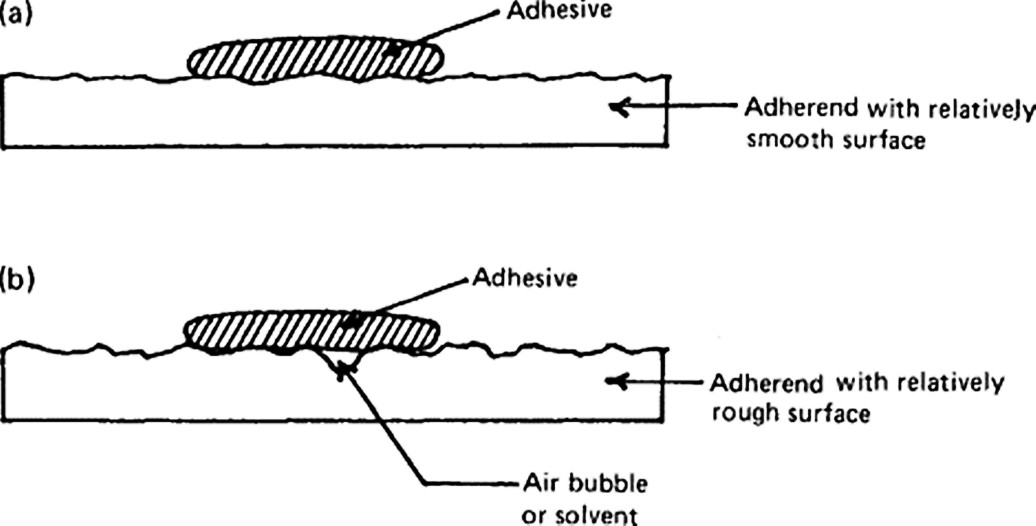
① Adhesion: refers to the state in which two surfaces are joined together by chemical force, physical force or both.
② The adhesive must first adhere to the surface of the adherend, which is due to the adhesive force between the two phases, which originates from the secondary or primary bond force.
Cohesion: that is, the state in which the particles within a single substance are bound together by primary valence bond forces (including ionic bonds, covalent bonds, coordination bonds, metal bonds, etc.) and secondary valence bond forces (including van der Waals forces and hydrogen bonds).
The cohesive force of the adhesive is related to factors such as intermolecular force, relative molecular mass, degree of cross-linking, crystallization and molecular entanglement.
| Binder | Hardener | Solvent | Plasticizer | Filler | Coupling agent | Cross-linking agent | Accelerator |
| Toughening agent | Tackifier | Thickener | Thinner | Anti-aging agent | Polymerization inhibitor | Flame Retardant | Initiator |
| Photosensitizer | Defoamer | Preservative | Stabilizer | Complexing agent | Emulsifier | ||
the binder is the main component, main agent or main polymer of the adhesive, which plays a role in bonding.
① Commonly used organic compounds: thermosetting synthetic resins: phenolic resins, epoxy resins, amino resins, polyurethane resins, unsaturated polyesters and acrylic resins
② Thermoplastic synthetic resin: rubber base material, natural polymer material, water-based latex, base material
③ Rubber base adhesivethe selection according to the object of the adhesive application, the application occasion and the performance of the application. At the same time, there is a close relationship between the molecular structure of the molecular binder and the adhesive properties.
① The polarity of polymer materials is related to
② Crystallization properties of polymer materials
③ Molecular weight of polymer materials
The raw material in the ground state is transformed into a linear polymer or a network polymer through a chemical reaction, polymerization, polycondensation or cross-linking reaction. It is a substance with mechanical strength and stability of the adhesive joint.
refers to a liquid that can reduce the intermolecular force of certain solids or liquids, so that the dissolved substances can be dispersed into a molecular or ionic homogeneous system. The commonly used solvents are low-viscosity liquid substances.
① The medium of the polymerization reaction: the reaction is moderate and the temperature is easy to control
② Dissolving base material: preparing solvent-based adhesive
③ Diluent: dilute the adhesive to make it reach a certain viscosity, which is conducive to wetting and easy to coat
④ Adjust the volatilization rate of the adhesive
⑤ Prevent gel to increase storage stability
⑥ Surface cleaning agent before bonding
⑦ Direct bonding, some plastics
⑧ Reduce costs and improve efficiency
It is an essential component of SBS, its role is to adjust hardness, fluidity, and reduce costs, oil-filled SBS can make compounding and processing easier.
Types of softeners: According to the composition of hydrocarbons, they are divided into three categories: paraffin, cycloalkyl, and aromatic groups.
① Paraffin-based rubber oil: good oxidation resistance and light stability, but relatively poor emulsification, compatibility and low temperature
② naphthenic rubber oil: has the advantages of paraffin base and aromatic base, moderate emulsification and compatibility, no pollution, no toxicity, and a wide range of applications
③ Aromatic rubber oil: good compatibility, large filling amount, low price, and high strength of the rubber product obtained. But the color is dark, toxic and polluting the environment.
Definition of plasticizer: It is a substance that reduces the glass transition temperature and melting temperature of polymer compounds, improves the brittleness of the adhesive layer, and enhances the melt fluidity.
phthalates, phosphates, adipates and sebacates, etc.
Definition of filler: A solid material that does not chemically react with the matrix in the adhesive, but can change its properties and reduce costs.
Commonly used fillers are divided into organic fillers and inorganic fillers:
Organic fillers - improve the brittleness of the resin, high hygroscopicity, and low heat resistance;
Inorganic fillers - increase the relative density and brittleness of the glue, but improve heat resistance, media properties, shrinkage, etc.
① Inactive and does not react with other components of the adhesive
② Good dispersibility and good wettability of the base material
③ Does not contain moisture, harmful substances, grease, and no hygroscopicity
④ Uniform particles, non-toxic
⑤ Wide range of sources, convenient processing and low price
⑥ The density of the filler should not be too different from the density of the base material
⑦ Appropriate dosage
silica, calcium carbonate, magnesium carbonate, aluminum powder, phenolic resin, etc.
a compound that can produce a certain binding force with polar substances and non-polar substances at the same time, which is characterized by a substance with both polar and non-polar parts in the molecule.
Commonly used coupling agents are organic chromium coupling agents, organic silicon coupling agents and titanate coupling agents. Commonly used in adhesives are silane coupling agents.
① Increase the intermolecular force of the host resin itself and improve the cohesive strength of the adhesive
② Increase the bond between the resin and the adherend, and play a certain role in bridging. Different coupling agents have different reactive groups, and different reactive groups have different effects on bonding properties
a substance that can decompose and generate free radicals under certain conditions. Generally, an initiator is added to a compound containing an unsaturated bond. Commonly used initiators are dibenzoyl peroxide, cyclohexanone peroxide, and isopropyl peroxide. Benzene, azobisisobutyl cyanide, etc.
Accelerator (catalyst): A substance that can reduce the decomposition temperature of the initiator or accelerate the reaction between the curing agent and the resin rubber.
a substance that can delay the aging of polymer compounds. For the adhesive used under high temperature and exposure, it is easy to deteriorate due to aging, so add an anti-aging agent when compounding.
A low viscosity adhesive that adds substances that increase its viscosity
substances that prevent or delay the self-crosslinking of polymers and monomers containing unsaturated bonds during storage (hydroquinone).
Instant glue is a one-component cyanoacrylate, transparent, fast curing adhesive at room temperature. It has the characteristics of fast curing and high bonding strength. The tensile force of the iron piece bonded with Hopson cyanoacrylate super glue is enough to lift a 5KG iron block.
Liquid sealant, also known as liquid gasket, liquid gasket, liquid sealing packing, etc. It is a fluid liquid at room temperature. It is applied to various connections or parts that need to be sealed to form an elastic glue layer, which can replace the usual gasket and play a sealing role.
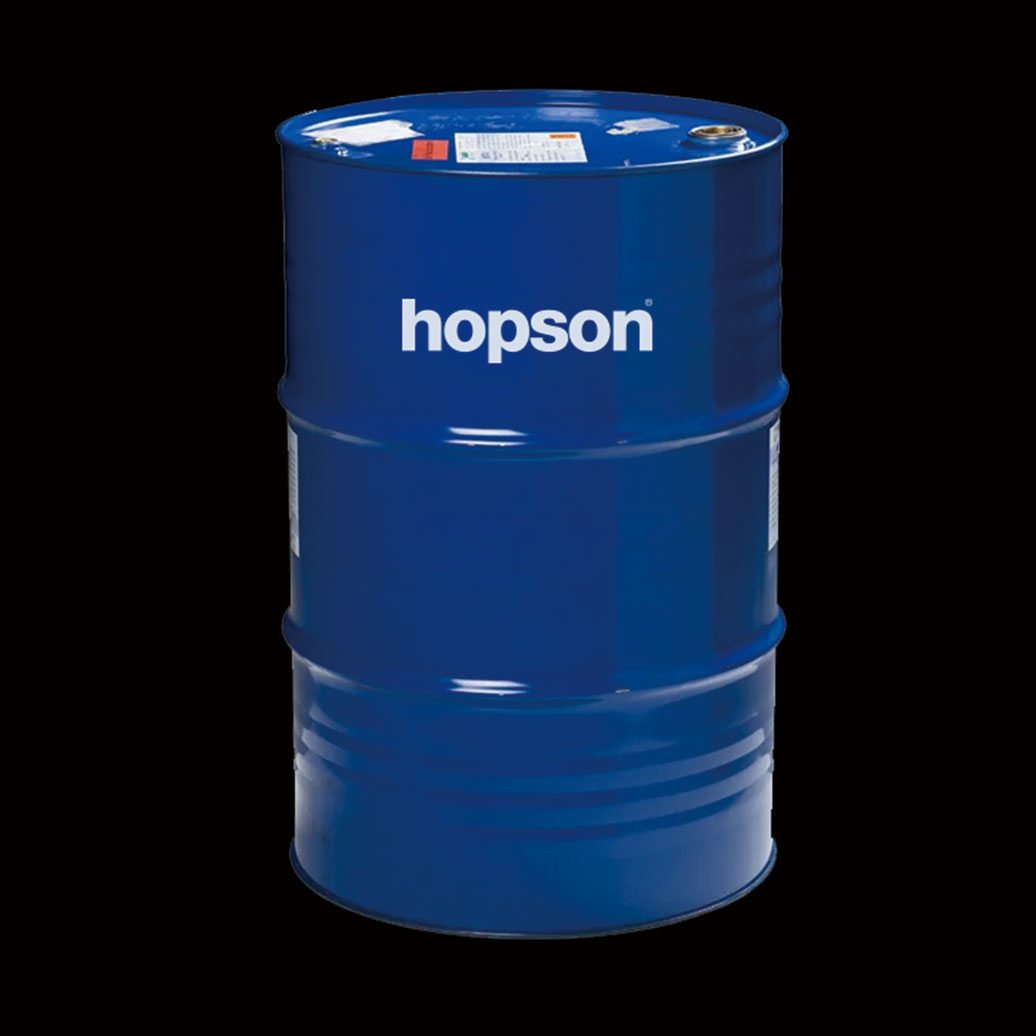
Underwater adhesives, also known as water-absorbing adhesives, are adhesives that can be bonded in water. Ordinary adhesives can only be used in dry conditions, such as in water or wet conditions, the bond strength will be greatly reduced. The underwater adhesive can be bonded in water. For aquarium maintenance, the hull and bottom holes can be repaired directly underwater, which is very convenient.
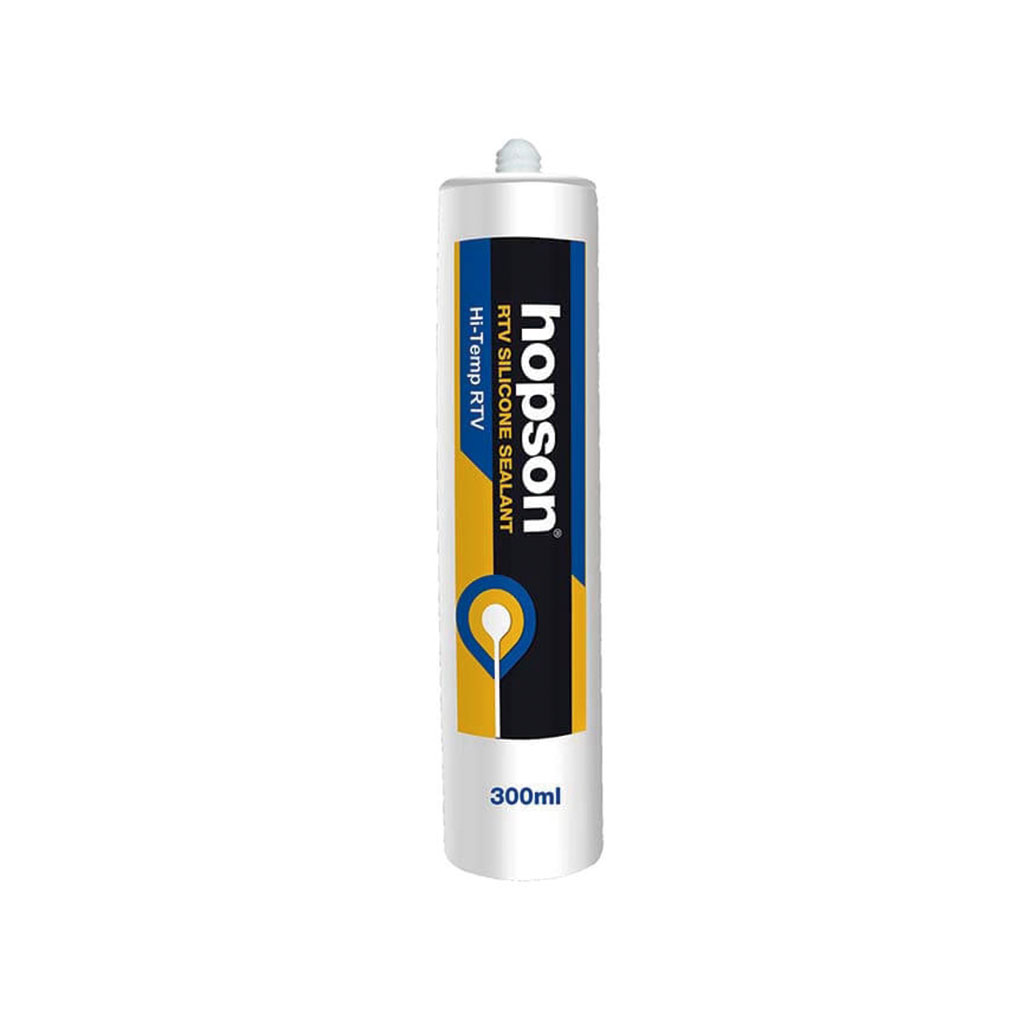
Hot-melt adhesive is a solid, it can only be glued after being heated and melted into a fluid, and it will return to a solid after the bonding is cooled to form a firm bond. Hot melt adhesives are formulated with thermoplastic polymers and tackifiers.

Hopson adhesive manufacturer can customize the adhesive according to your requirements, please send us your parameter requirements.
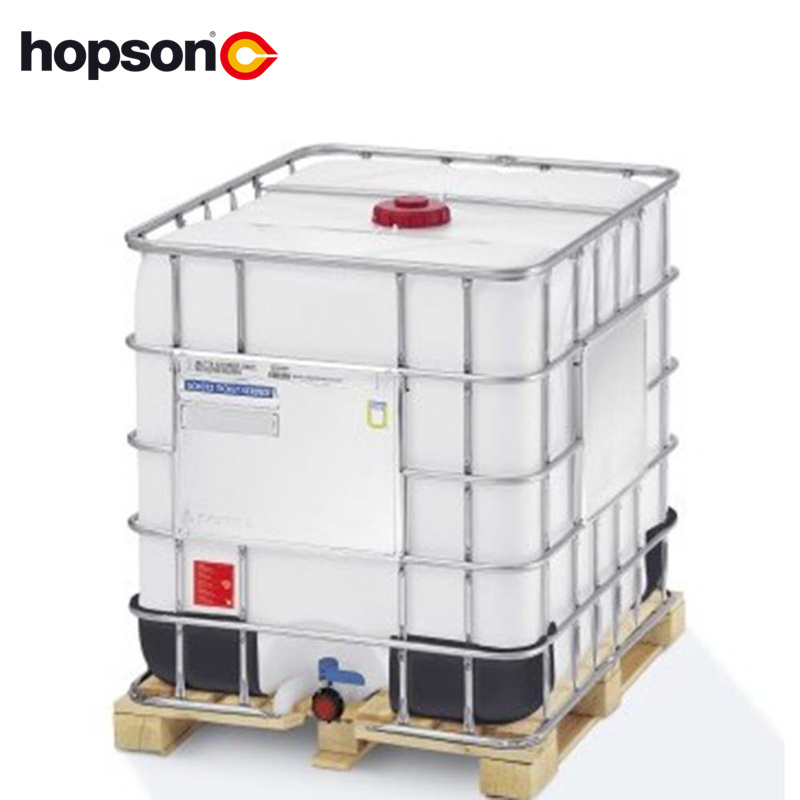
This product is used for the pasting of commodity labels, the sealing of cartons, the bundling of wire harnesses and the protection of the surface of high-gloss metal plates. Such as glue dots, glue tape, etc.
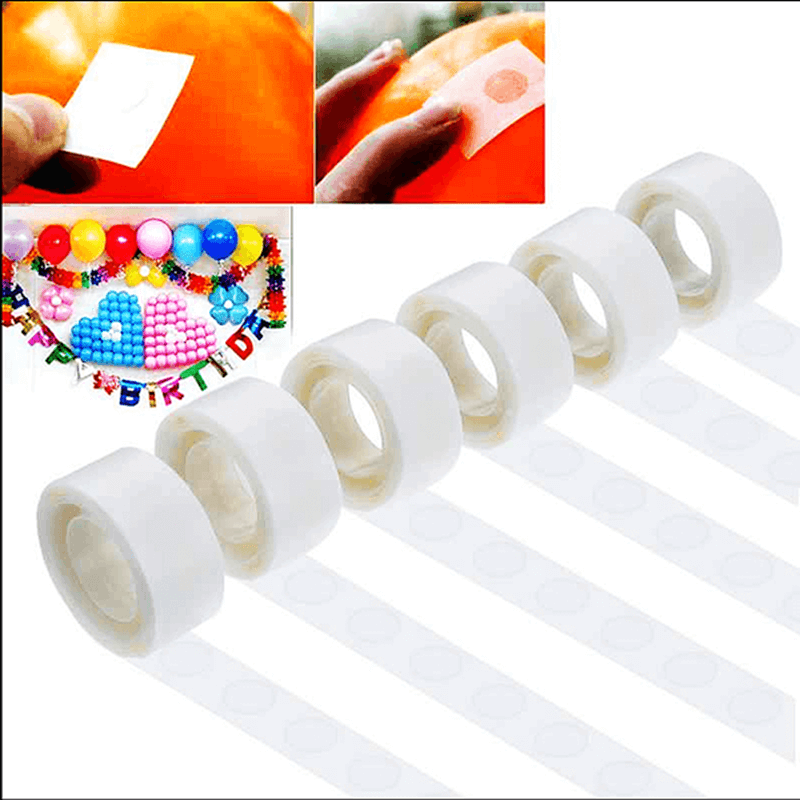
PefectSeal is a professional manufacturer of surgical glue for wound, which has obtained CE certificate. PerfectSeal tissue adhesive can be used for human and pet wound sealing, circumcision surgery, pet sterilization surgery, etc.
In addition, there are conductive adhesives for electronic device leads. High-transparency optical glass adhesive for optical glass bonding and light-sensitive photosensitive curing adhesive and electron beam curing adhesive, etc.
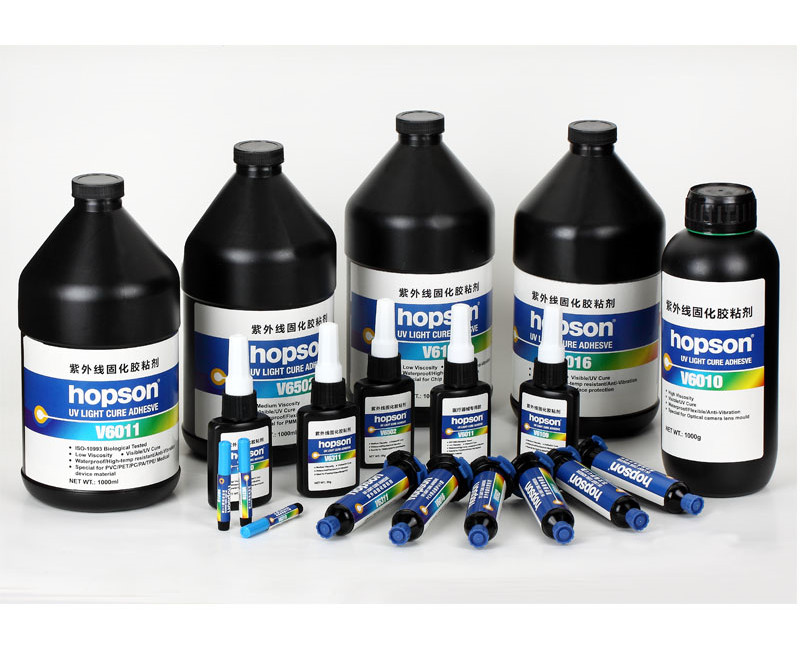
It can be seen that the many uses of adhesives not only bring a variety of conveniences to life, but also improve efficiency and save costs for industrial production. The following are some tips when choosing an adhesive, I hope it can help you.
1. Storage period
● Each product has a storage period. According to international and domestic standards, the storage period refers to normal temperature (24°C). Acrylic glue is 20 ℃.
● For acrylic products, the higher the temperature, the shorter the storage period.
● For water-based products, if the temperature is below minus 1°C, it will directly affect the product quality.
After reading this article, if you have questions about adhesives or want to share your knowledge of adhesives with Hopson, feel free to contact us. Hopson is a professional Chinese adhesive supplier, and it is an honor to meet the global adhesive practitioners here.